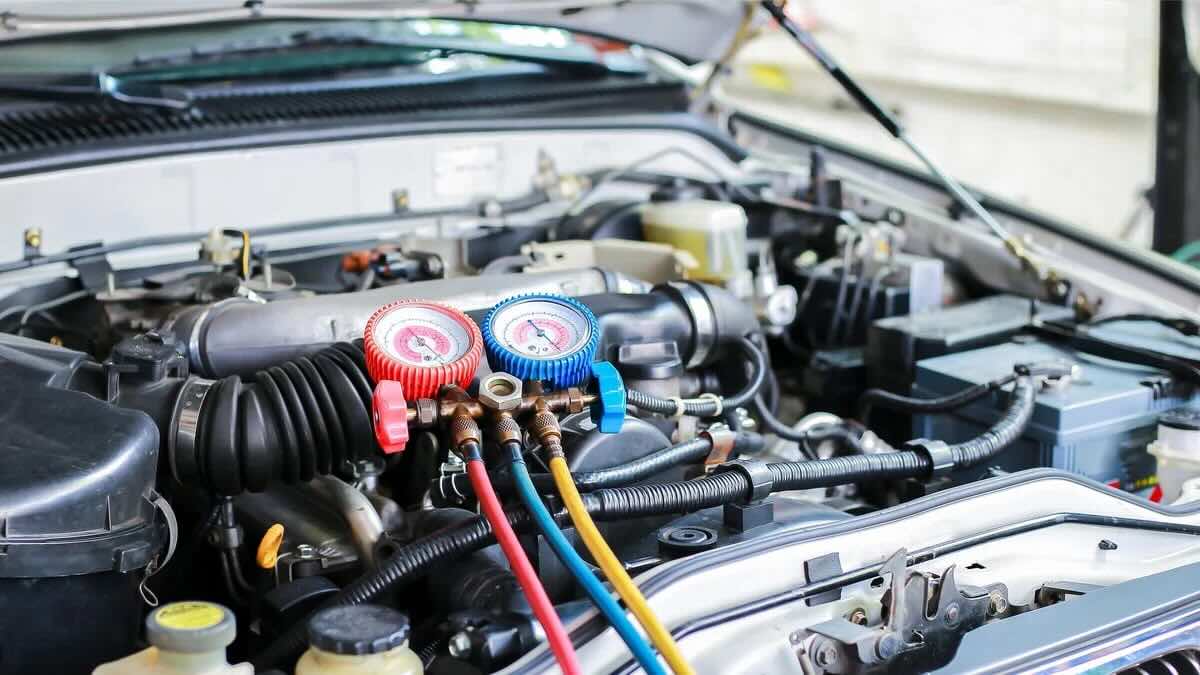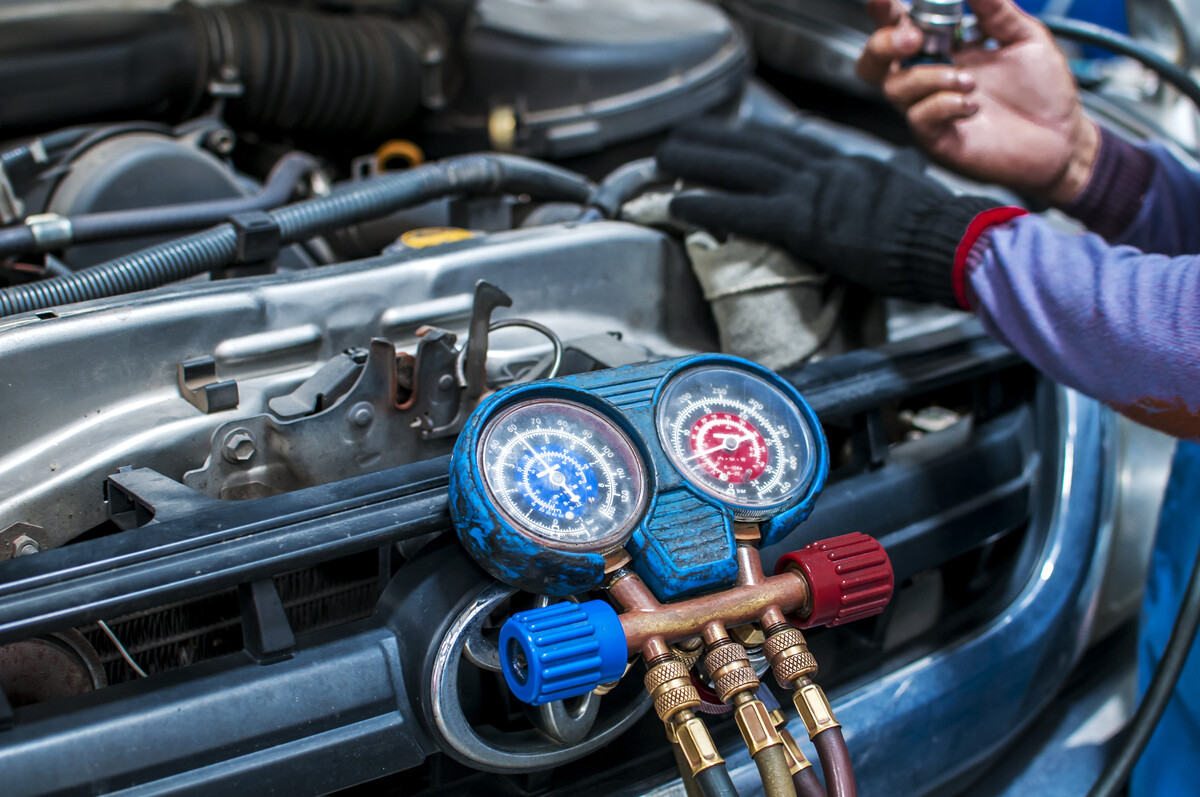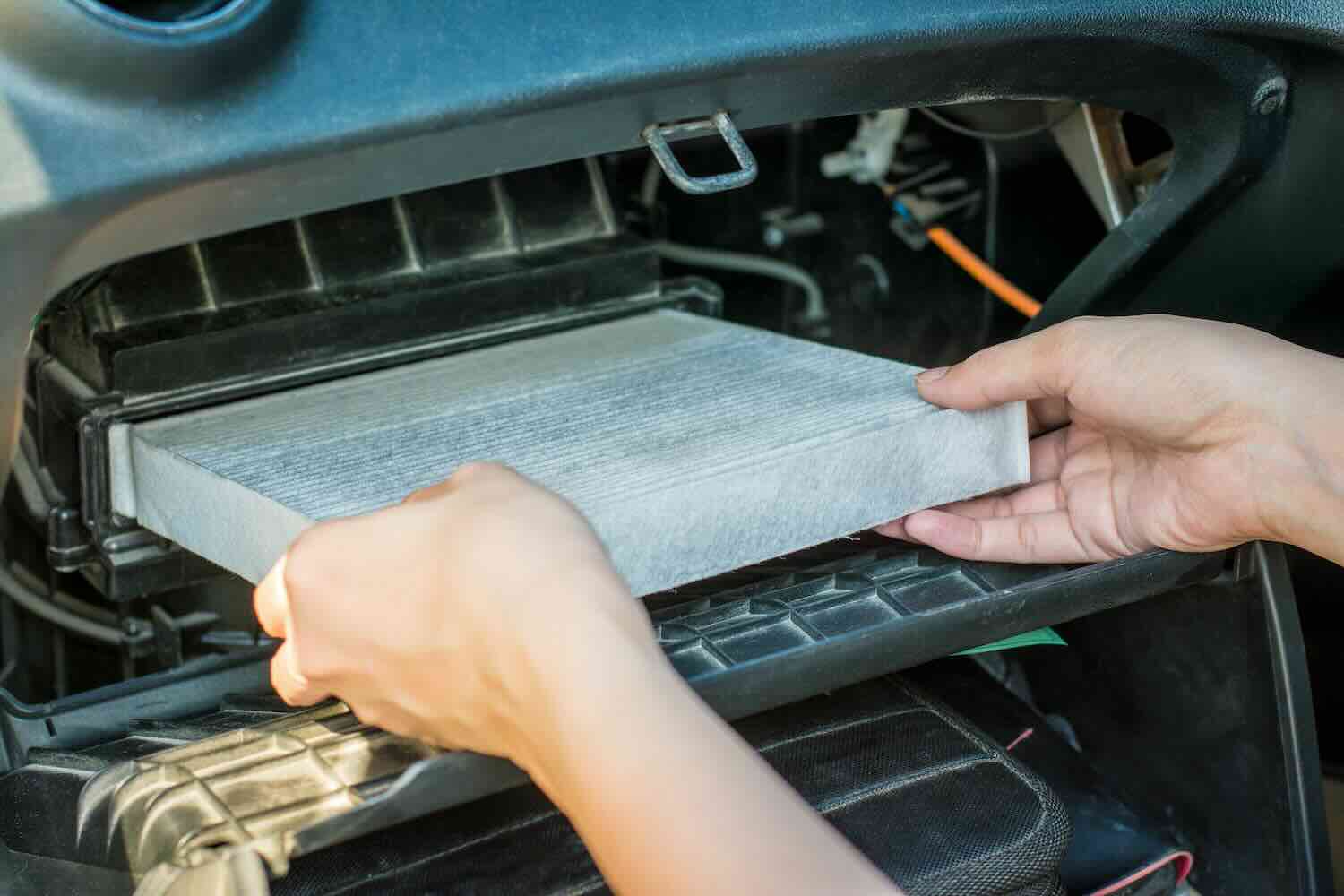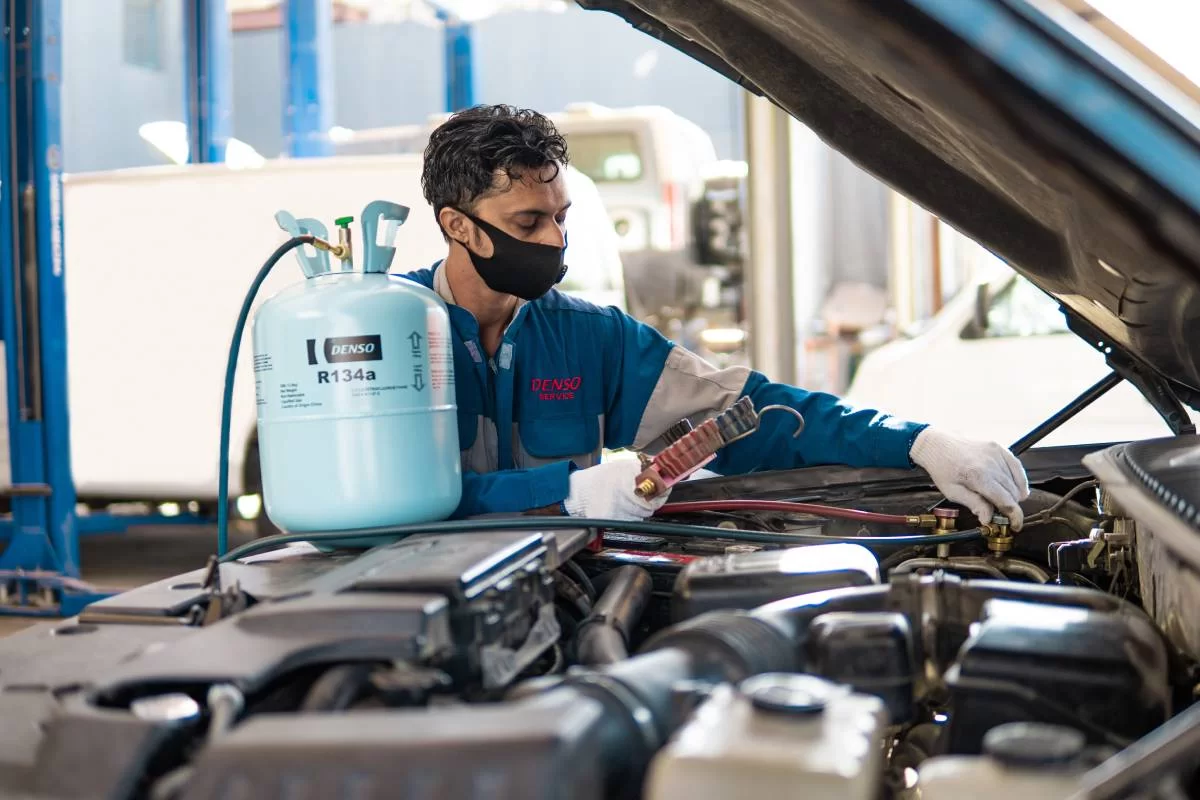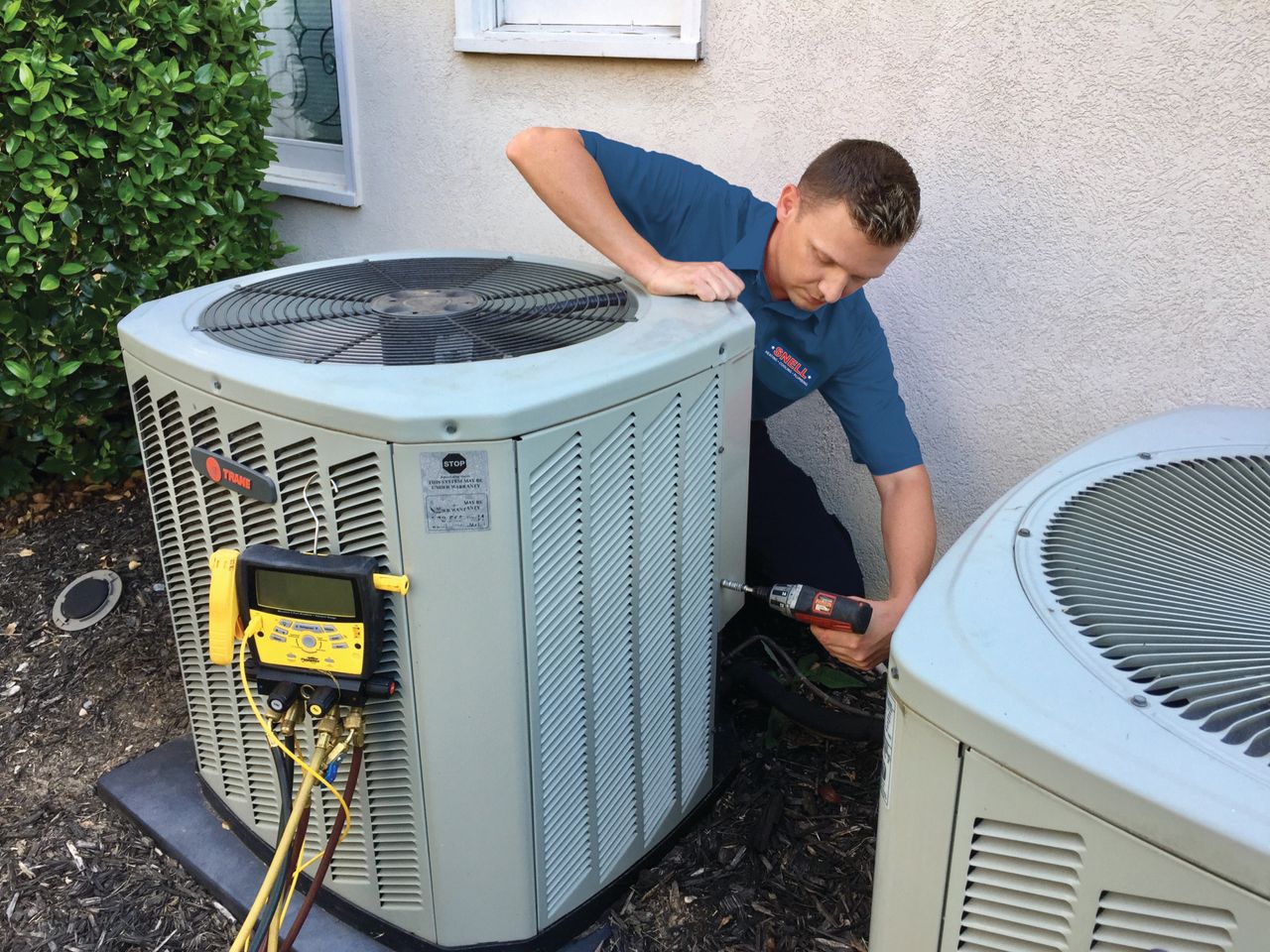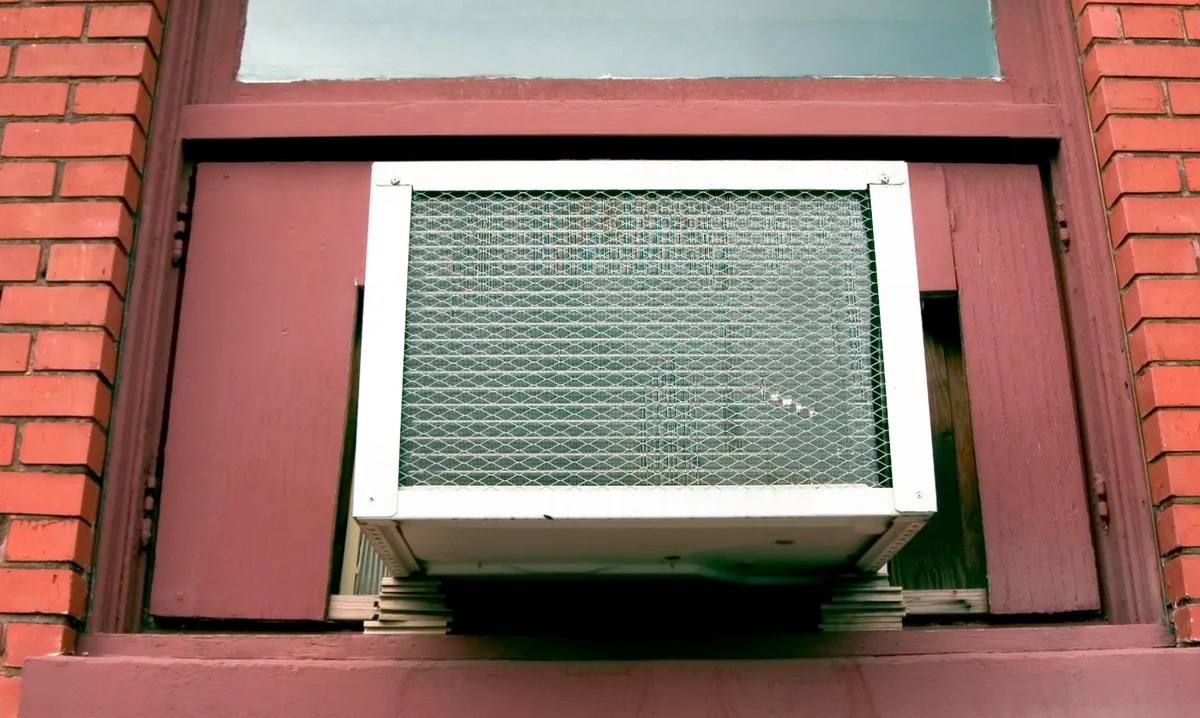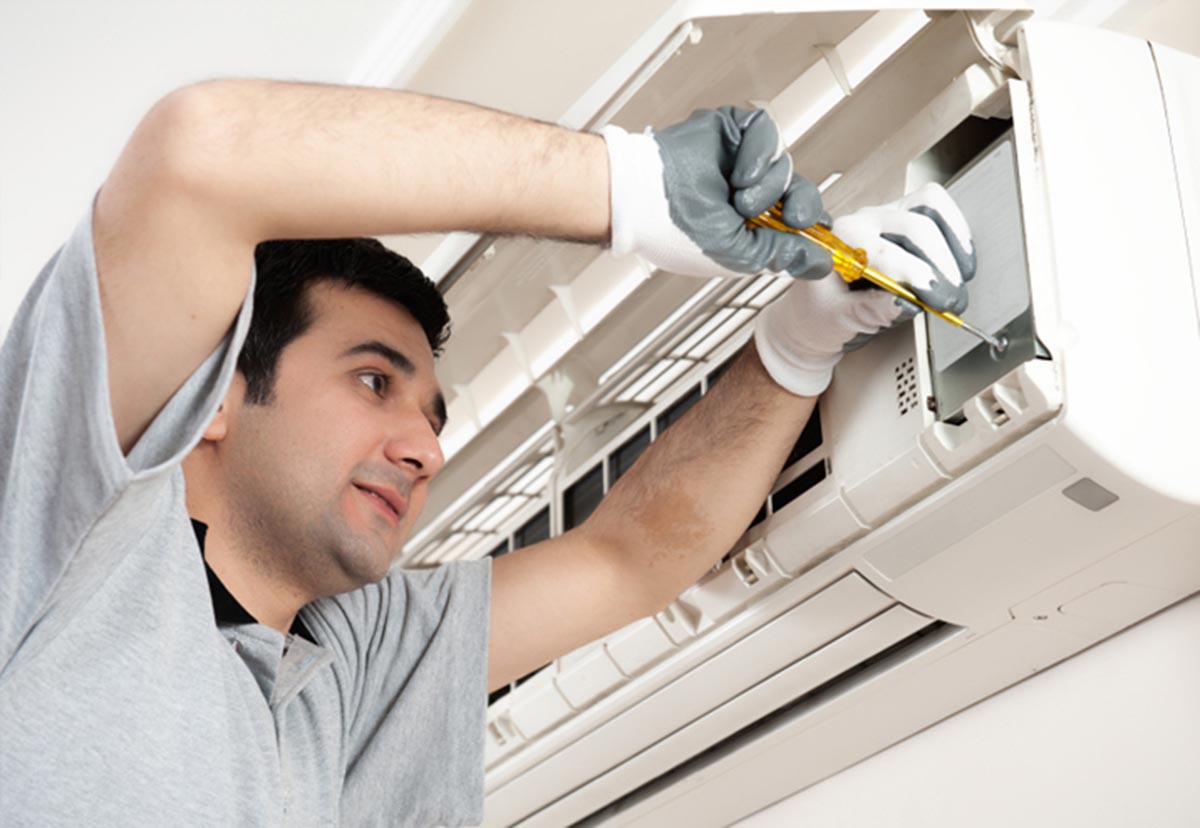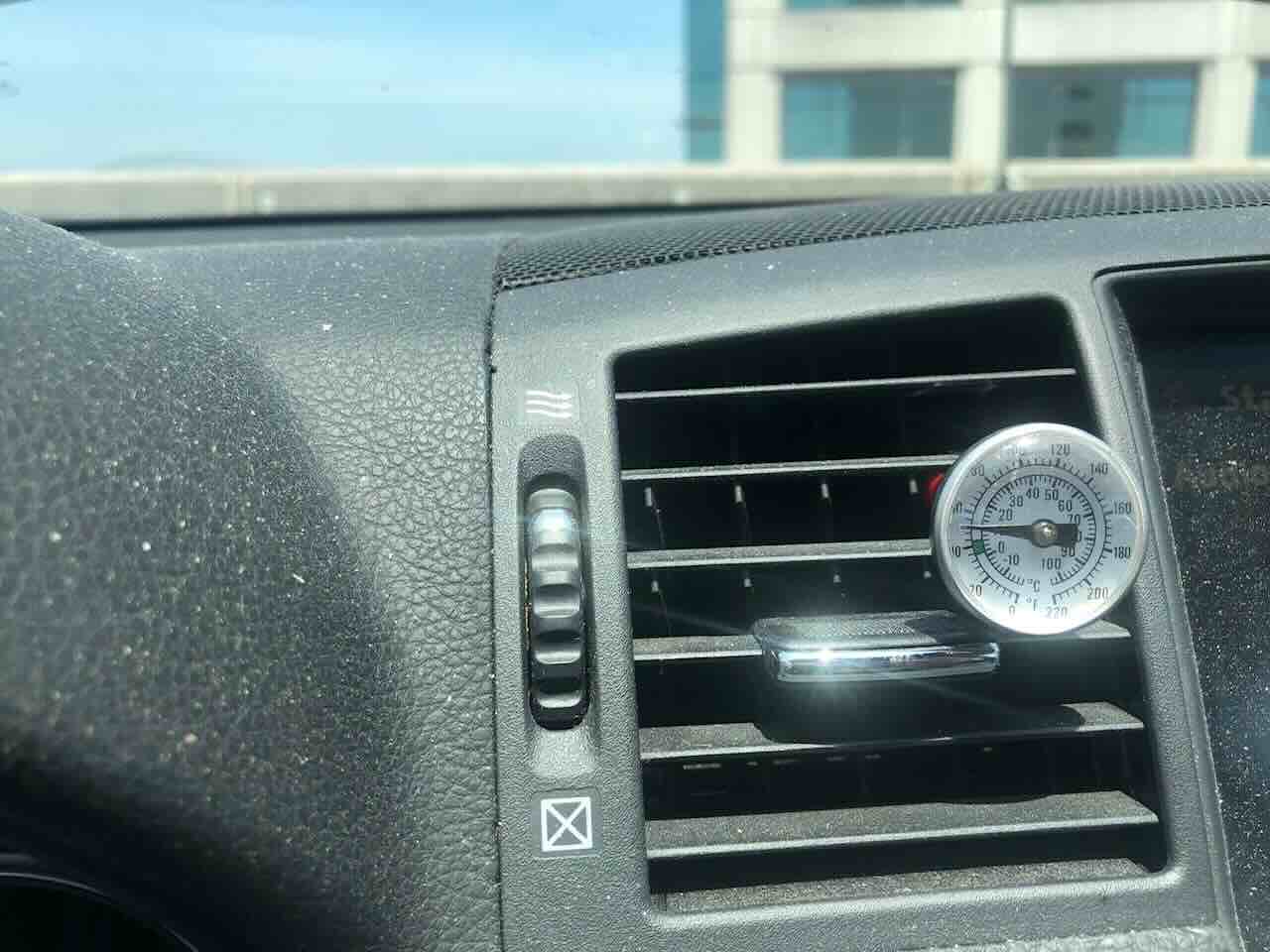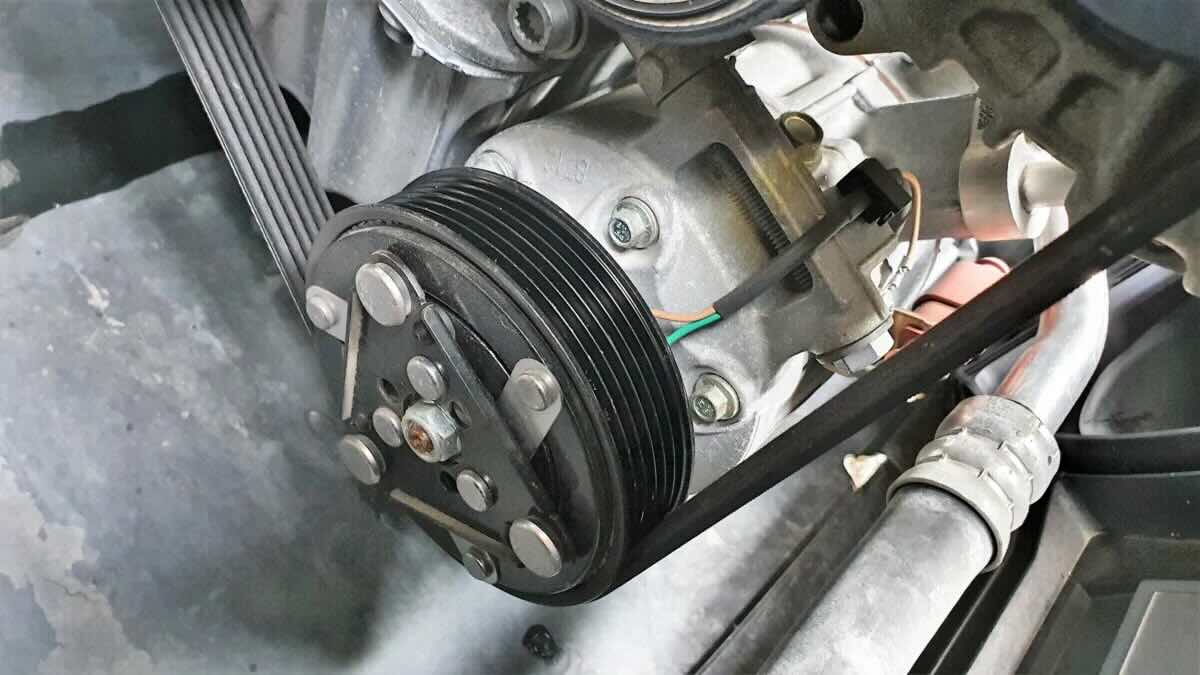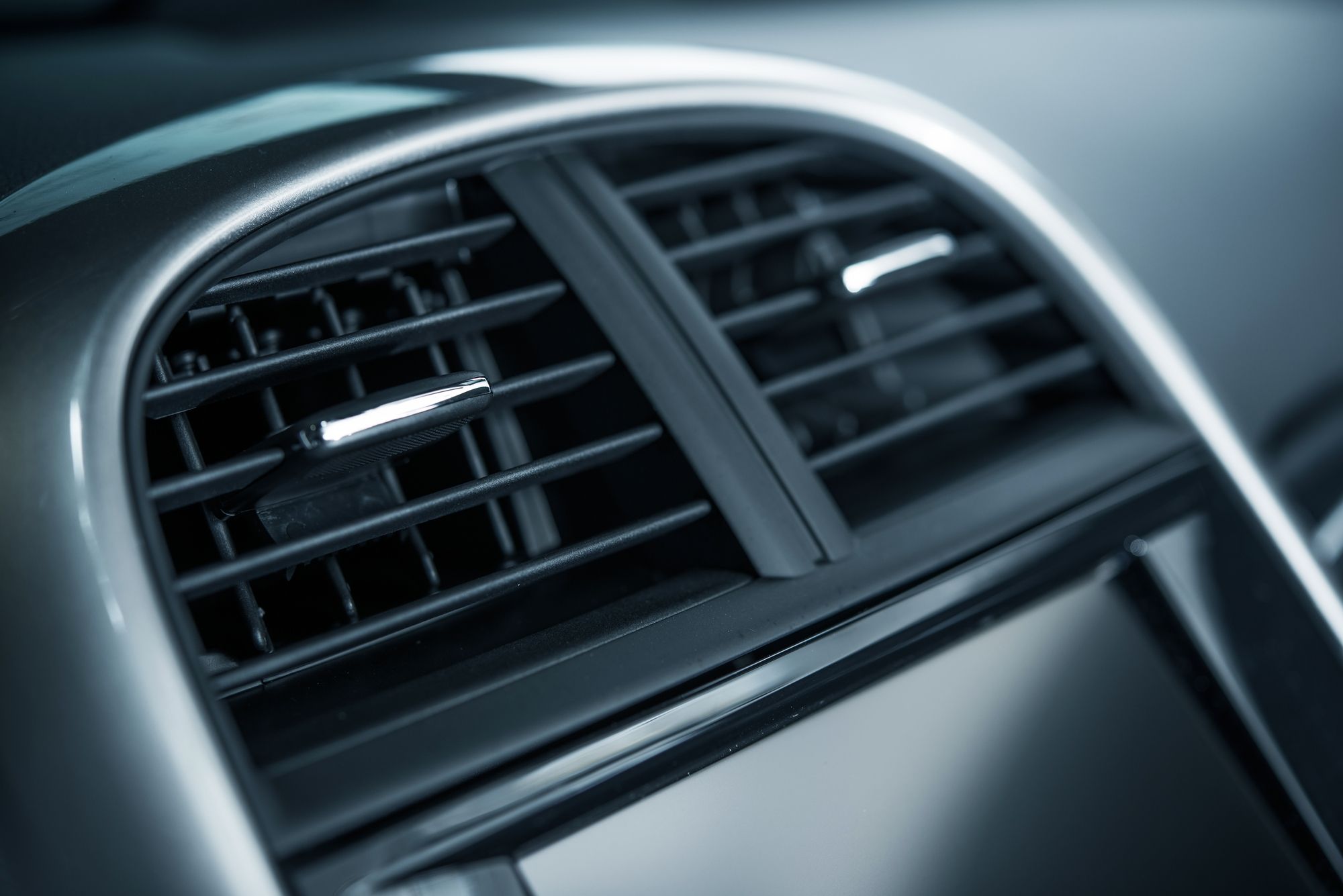Home>Home Maintenance>How To Fix A Car Air Conditioner
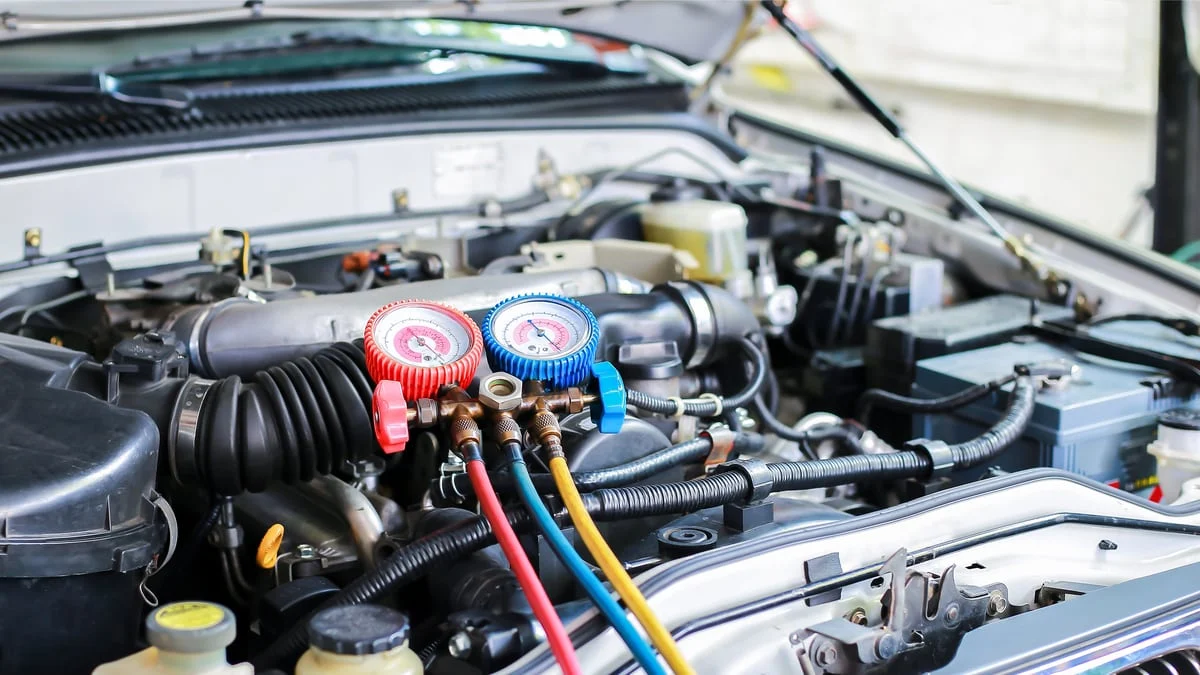

Home Maintenance
How To Fix A Car Air Conditioner
Modified: October 20, 2024
Learn how to fix your car's air conditioner with our helpful home maintenance tips. Keep your vehicle cool and comfortable throughout the summer.
(Many of the links in this article redirect to a specific reviewed product. Your purchase of these products through affiliate links helps to generate commission for Storables.com, at no extra cost. Learn more)
Introduction
Welcome to our comprehensive guide on how to fix a car air conditioner. As the temperature rises and the sun shines brighter, a functioning air conditioner in your car becomes essential for a comfortable and enjoyable ride. However, like any other mechanical system, car air conditioners can encounter issues that may leave you sweating and frustrated.
In this guide, we will walk you through the process of understanding the car air conditioner system, diagnosing common problems, and providing step-by-step instructions on how to fix them. Whether you are a car enthusiast or a rookie DIYer, our goal is to empower you to tackle these issues with confidence and get your car’s air conditioner running smoothly again.
Before we dive into the specifics, it’s important to note that while some air conditioner fixes can be done at home, others may require professional assistance. Your safety is our priority, so if you feel uncomfortable or unsure about any step of the process, don’t hesitate to seek professional help. Now, let’s get started by understanding the car air conditioner system.
Key Takeaways:
- Keep your car’s air conditioner running smoothly by understanding its components and common issues. Follow the step-by-step guide for DIY fixes, but always prioritize safety and seek professional help if needed.
- Regular maintenance and servicing can prevent air conditioner issues. Empower yourself to troubleshoot and fix common problems, but remember to prioritize safety and consult a professional for complex issues.
Read more: How To Clean A Car Air Conditioner
Understanding the Car Air Conditioner System
Before you can effectively troubleshoot and fix problems with your car’s air conditioner, it’s important to have a basic understanding of how the system works. The car air conditioner system operates based on the principles of refrigeration and uses a combination of mechanical components and refrigerant to create cool air.
The key components of a car air conditioner system include:
- Compressor: The compressor is the heart of the air conditioner system. It is responsible for compressing the refrigerant gas, increasing its temperature and pressure.
- Condenser: The condenser is a heat exchange component located in front of the radiator. It cools down the high-pressure refrigerant vapor and converts it into a liquid state.
- Expansion Valve: The expansion valve regulates the flow of refrigerant into the evaporator. It reduces the pressure of the refrigerant, causing it to expand and cool down.
- Evaporator: The evaporator is located in the car’s cabin and is responsible for absorbing heat from the air. As the warm air passes over the evaporator coils, the refrigerant inside evaporates and cools the air.
- Blower Motor: The blower motor pushes the cool air from the evaporator into the car’s cabin, allowing you to feel the cooling effect.
As the refrigerant circulates through these components, it undergoes phase changes and heat exchange, ultimately creating cool air that is distributed into the vehicle’s cabin. Understanding the function of each component is crucial when diagnosing and fixing problems with the car air conditioner system.
Now that we have a basic understanding of how the car air conditioner system works, let’s move on to the next section, where we will discuss some common problems that can arise and how to diagnose them.
Common Problems with Car Air Conditioners
Even though car air conditioner systems are designed to be reliable, they can still encounter issues over time. Understanding the common problems that can occur will help you diagnose and fix your car’s air conditioner effectively. Here are some of the most frequently encountered issues:
- Insufficient Cooling: One of the most common issues is when the air conditioner fails to produce cold air. This can be caused by low refrigerant levels, a faulty compressor, or a blocked condenser.
- Strange Odors: If you notice unpleasant smells coming from your air vents when the air conditioner is in use, it may be due to mold or bacteria growth in the evaporator. This can happen when moisture accumulates in the system.
- Weird Noises: Unusual noises, such as squealing, grinding, or rattling, can be a sign of a malfunctioning compressor, worn-out belts, or damaged components.
- Leaking Refrigerant: Refrigerant leaks can occur due to worn-out hoses, loose connections, or damaged seals. Not only does this impact the cooling efficiency, but it can also harm the environment.
- Electrical Issues: Problems with the electrical components, such as a malfunctioning blower motor or a faulty thermostat, can prevent the air conditioner from operating properly.
These are just a few examples of the issues you might encounter with your car’s air conditioner. It’s important to note that diagnosing the exact cause of the problem can sometimes be challenging and may require the use of specialized tools and knowledge. However, by following the steps in this guide, you will be able to tackle many of these common problems on your own.
In the next section, we will discuss the tools and materials you will need to get started with fixing your car’s air conditioner. Gather these items before you begin, as they will make the troubleshooting and repair process much smoother.
Tools and Materials Needed
Before you can begin troubleshooting and fixing your car’s air conditioner, it’s important to have the necessary tools and materials on hand. Here is a list of items you will likely need:
- Refrigerant Pressure Gauge: This tool is crucial for measuring the refrigerant pressure levels in the system.
- Leak Detection Kit: A leak detection kit will help you identify any refrigerant leaks in the system. It typically includes a UV light and dye that can be injected into the system.
- Manifold Gauge Set: This set of gauges will allow you to measure the high and low pressure readings of the refrigerant in the system.
- Wrench Set: A set of wrenches will come in handy for loosening and tightening various components during the repair process.
- Screwdriver Set: Having a variety of screwdrivers, including flathead and Phillips, will enable you to remove any screws or panels that need to be accessed.
- Shop Vacuum: A shop vacuum will help you clean out any debris or dust that may be clogging the air conditioning system.
- Replacement Parts: Depending on the specific problem you’re facing, you may need to purchase replacement parts such as a new compressor, condenser, or blower motor.
- Protective Equipment: Don’t forget to wear safety goggles and gloves to protect yourself during the repair process.
It’s always a good idea to have these tools and materials ready before you begin working on your car’s air conditioner. This will save you time and frustration by ensuring that you have everything you need to complete the repair process.
Now that you know what tools and materials you’ll need, let’s move on to the step-by-step guide for fixing your car’s air conditioner.
Regularly check and replace the air filter in your car’s air conditioner to ensure proper airflow and cooling. A clogged filter can reduce efficiency and cause the system to work harder.
Step-by-Step Guide to Fixing the Car Air Conditioner
Fixing a car air conditioner may seem daunting, but with the right guidance, you can tackle it successfully. Follow these step-by-step instructions to troubleshoot and fix your car’s air conditioning system:
- Check the Refrigerant Level: Use a refrigerant pressure gauge to check the refrigerant level in the system. If it’s too low, you may need to recharge the system with additional refrigerant.
- Detect Refrigerant Leaks: Utilize a leak detection kit to identify any leaks in the system. If a leak is found, fix it before proceeding with any other repairs.
- Inspect the Belts: Examine the belts connected to the compressor for signs of wear or damage. Replace any worn-out belts to ensure proper operation.
- Clean the Condenser: Remove any dirt or debris from the condenser fins using a shop vacuum or compressed air. A clean condenser allows for better heat exchange.
- Check the Compressor Clutch: Inspect the compressor clutch for damage or signs of wear. If it’s not engaging or spinning properly, it may need to be replaced.
- Test the Blower Motor: Turn on the air conditioning system and listen for the sound of the blower motor. If it’s not working, it may need to be replaced.
- Flush and Clean the Evaporator: If strange odors are present, remove the evaporator and clean it thoroughly with a specialized cleaner to eliminate any mold or bacteria growth.
- Recharge the System: If the refrigerant level is low, follow the manufacturer’s instructions to recharge the system with the correct amount of refrigerant.
- Test the Air Conditioning: After completing the necessary repairs, test the air conditioning system to ensure it’s now working properly. Monitor the cooling performance and listen for any unusual noises.
Remember, different car models and air conditioning systems may have specific requirements and variations. Always refer to the vehicle’s owner’s manual and follow the manufacturer’s instructions for the best results.
Now that you’ve successfully fixed your car’s air conditioner, it’s important to be aware of some troubleshooting tips to address any potential issues that may arise.
Read more: How To Check Air Conditioner In Car
Troubleshooting Tips
Even with proper repairs, there may be times when your car’s air conditioner doesn’t function as expected. Here are some troubleshooting tips to help you address common issues:
- No Cool Air: If the air conditioner is running but not producing cold air, it could be due to low refrigerant levels or a clogged condenser. Check the refrigerant levels and clean the condenser to see if it improves the cooling performance.
- Intermittent Cooling: If the air conditioner alternates between hot and cold air, it might indicate a problem with the pressure or temperature sensors. Have the sensors checked and replaced if necessary.
- Inadequate Airflow: Poor airflow can result from a clogged cabin air filter or a malfunctioning blower motor. Replace the cabin air filter and inspect the blower motor for any issues.
- Strange Smells: Persistent unpleasant odors could indicate mold or bacterial growth in the system. Clean the evaporator and replace the cabin air filter to eliminate the source of the odor.
- Unusual Noises: Rattling, grinding, or squealing noises may indicate a problem with the compressor, fan, or belts. Have these components inspected and replaced if necessary.
- Hot Air on One Side: If the air conditioner blows cold air on one side and hot air on the other, there may be an issue with the blend door actuator or a clogged heater core. Seek professional assistance to diagnose and fix the problem.
Remember to exercise caution and prioritize your safety when troubleshooting and making any repairs. If you’re unsure or uncomfortable with any step, it’s best to consult a professional mechanic who specializes in air conditioning systems.
Lastly, let’s talk about some safety precautions you should keep in mind before working on your car’s air conditioner.
Safety Precautions
When working on your car’s air conditioner, it’s essential to prioritize safety to prevent injuries and accidents. Here are some safety precautions to keep in mind:
- Protective Gear: Wear safety goggles and gloves to shield your eyes and hands from any potential hazards, such as refrigerant leaks or sharp components.
- Power Off: Before starting any repair work, turn off the engine and disconnect the battery to avoid electrical shock and accidental engine starts.
- Depressurize the System: If you need to disconnect any hoses or fittings, ensure that you have properly depressurized the air conditioning system to prevent refrigerant leaks or injury.
- Work in a Well-Ventilated Area: If you’re working indoors or in a confined space, ensure proper ventilation to avoid inhaling harmful vapors or fumes.
- Follow Manufacturer’s Instructions: Always refer to the vehicle’s owner’s manual and follow the manufacturer’s instructions for repairs and maintenance procedures.
- Use Proper Tools: Use the correct tools for each task and ensure they are in good working condition. This will help reduce the risk of accidents and injuries.
- Take Breaks: Repairing the car’s air conditioner can be physically demanding. Take regular breaks to prevent fatigue and maintain focus throughout the process.
- Seek Professional Help: If you encounter an issue that is beyond your knowledge or comfort level, don’t hesitate to consult a professional mechanic with experience in air conditioning systems.
Following these safety precautions will help ensure a smooth and secure repair process. Remember, your safety is paramount, so if you have any doubts or concerns, it’s best to seek assistance from a qualified professional.
With that, you now have a comprehensive understanding of how to fix a car air conditioner. By following the step-by-step guide, troubleshooting tips, and safety precautions outlined in this article, you’ll be able to tackle common air conditioning problems with confidence. Stay cool and enjoy the comfort of a properly functioning air conditioner during your summer drives.
If you have further questions or need in-depth assistance, do not hesitate to consult a professional automotive technician for guidance.
Conclusion
Congratulations on completing our comprehensive guide on how to fix a car air conditioner! Armed with a better understanding of the car air conditioning system, common problems, and troubleshooting techniques, you now have the knowledge to tackle various issues that may arise.
Remember, maintaining a cool and comfortable environment in your car is crucial, especially during the hot summer months. By following the step-by-step guide we provided, you can confidently diagnose and repair common air conditioning problems, saving you time and money.
However, it is important to note that not all air conditioner issues can be resolved at home. Some problems may require the expertise of a professional mechanic, especially when dealing with complex electrical components or major system malfunctions. Your safety should always remain a top priority.
Regular maintenance and servicing of your car’s air conditioning system can help prevent issues and ensure optimal performance. It’s a good idea to have your air conditioner inspected by a professional regularly, as they can identify potential problems early on and perform necessary maintenance tasks.
We hope that this guide has empowered you to take charge of your car’s air conditioner and equipped you with the skills to troubleshoot and fix common problems. Remember to always refer to your vehicle’s owner’s manual and follow manufacturer guidelines for repairs and maintenance.
Stay cool and enjoy the refreshing breeze from your newly repaired car air conditioner! Should you have any further questions or need additional assistance, don’t hesitate to consult a professional automotive technician.
Frequently Asked Questions about How To Fix A Car Air Conditioner
Was this page helpful?
At Storables.com, we guarantee accurate and reliable information. Our content, validated by Expert Board Contributors, is crafted following stringent Editorial Policies. We're committed to providing you with well-researched, expert-backed insights for all your informational needs.

